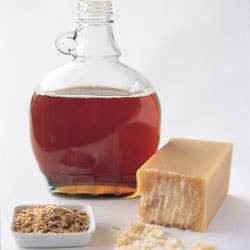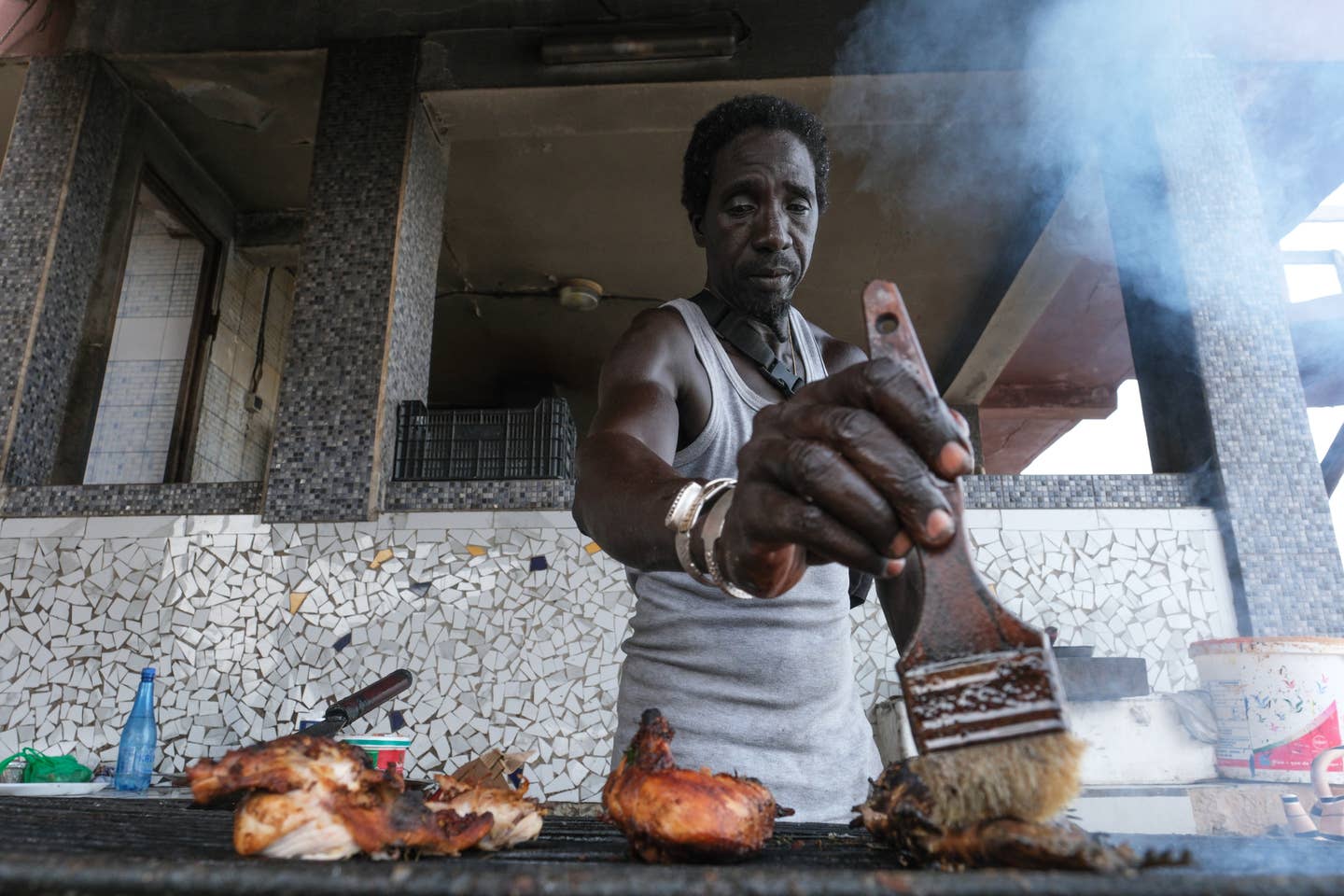
We Call Our Sugar Maple
The end of winter in Quebec ushers in the sugaring-off season, the time of year when the province’s maple trees generate an abundance of bud-nourishing sap.
The end of winter in Quebec ushers in the sugaring-off season, the time of year when the province's maple trees generate an abundance of bud-nourishing sap—clear, watery fluid that, through careful human intervention, can be transformed into two delectable sweeteners: maple syrup and maple sugar. The basic techniques for making syrup have changed little since Native Americans first perfected this north-woods alchemy centuries ago. The sap flows only on warm days that follow freezing nights. After it is harvested, producing the subsequent syrup (and, ultimately, maple sugar) is a matter of concentrating it by boiling it down, although some producers accelerate the process by first reducing the water content in the sap through a high-tech reverse-osmosis procedure. Regardless of the method used, it takes 30 to 50 gallons of unrefined sap to make a mere gallon of syrup—which is why the prices can cause gasps. Maple syrup is graded by its degree of transparency, which indicates not only depth of color but intensity of flavor. But although the United States and Canada sort their syrups according to the same standards, each country uses different terminology for its grading system (in the following list, the Canadian terms are in parentheses). Good maple syrup offers a sure way to taste the flavor of the forest, as does maple sugar—made by boiling down the sap past the syrup and taffy stages, stirring as it cools, then pouring the thick liquid into molds to let it harden.
U.S. GRADE A LIGHT AMBER (Canada No.1 Extra Light): Derived from sap drawn early in the season, this delicate variety is a favorite for making sweets.
**U.S. GRADE A MEDIUM AMBER **(Canada No.1 Light): A syrup with a subtle taste yet a more pronounced one than that of the above.
**U.S. GRADE A DARK AMBER **(Canada No.1 Medium): Ideal for pancakes, this is the most popular and the most widely available variety.
**U.S. GRADE B **(Canada No.2 Amber or No.3 Dark): A bold, late-season grade best used in savory dishes. Often blended with a lighter grade to make
lower-quality commercial syrup.
MAPLE SUGAR: Sold in blocks for grating atop sweets or into pies and granulated for use as a more flavorful white-sugar substitute.
Keep Reading
Continue to Next Story










